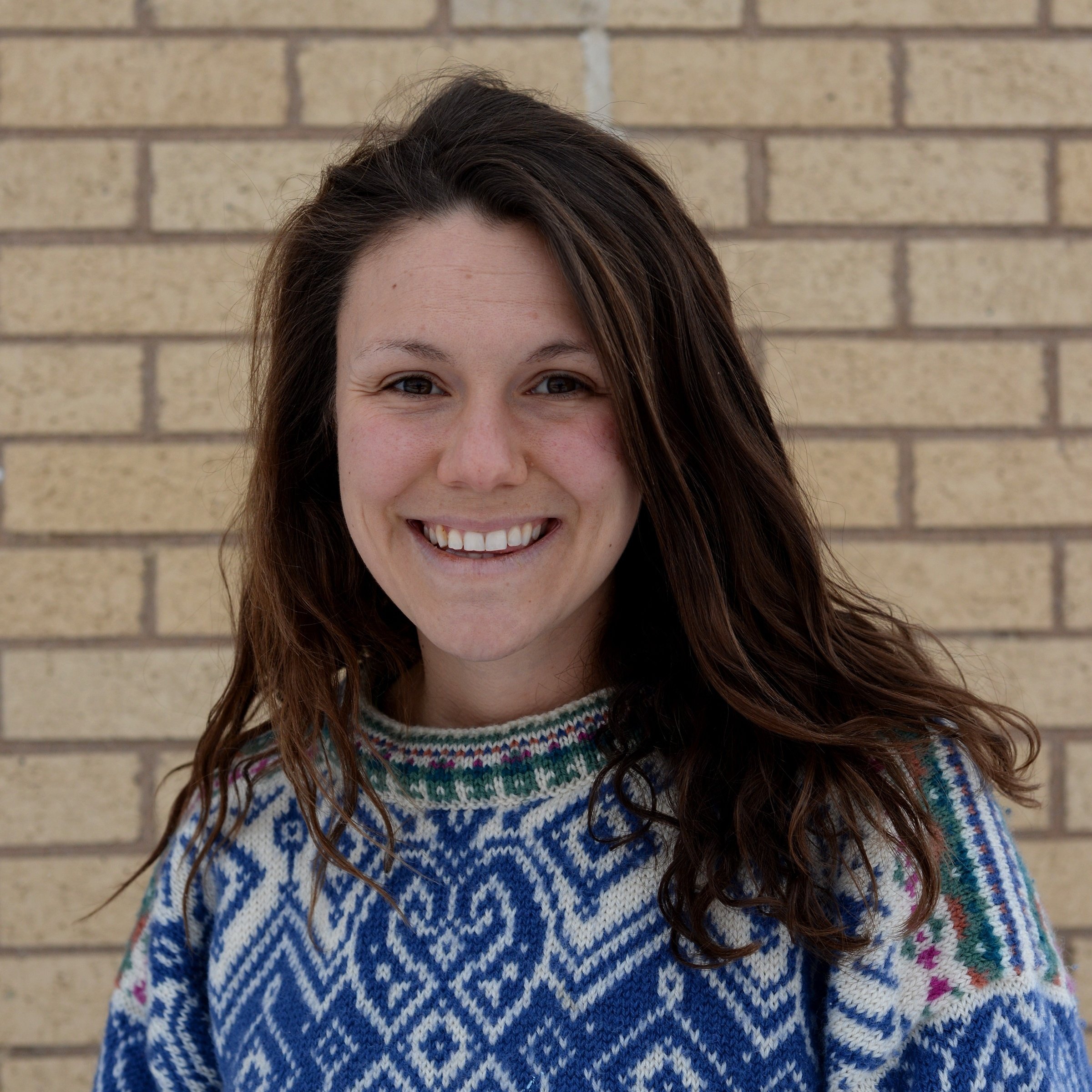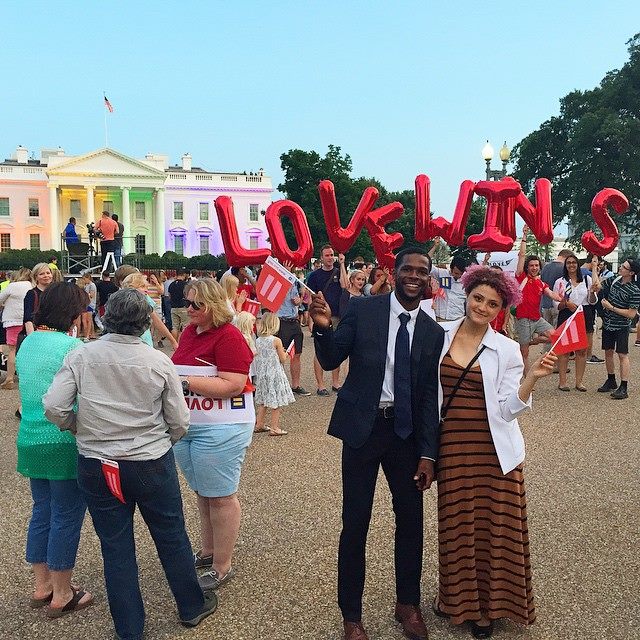 Photo by Brad Christensen.
Photo by Brad Christensen.Three years ago, NOLS sponsored Expedition Denali as the first group of African American climbers to attempt to climb the Alaskan peak. Since February is Black History Month, NOLS wanted to reflect back on this climb and catch up with members of this historic team, whose June 2013 climb took place on the 100th anniversary of the first ascent of Denali.
The goal of Expedition Denali was to inspire diversity in the outdoors, and after the expedition members of the team went on speaking tours to share their stories with youth of color. These climbers serve as role models for youth of color, showing there is a place for them in mountaineering and all outdoor activities. By 2042, people of color will be the majority of the population in the United States and they will—and already do— play a pivotal role in the protection of America’s wilderness areas.
Climber Updates
Tyrhee Moore

Then: Twenty years old at the time of the Expedition Denali climb, Moore was the youngest member of the team and was still in school at University of West Virginia (UWV).
He was introduced to NOLS by City Kids Wilderness Project and took two NOLS courses: Alaska Backpacking and Pacific Northwest Outdoor Educator. Moore went on to teach for City Kids Wilderness Project, which provides wilderness experiences to D.C. area youth.
Now: Moore graduated from UWV in 2015 and went on a personal adventure the following summer, summiting Mt. Kilimanjaro.
“One of the most important things I take from [Expedition Denali] that I use in my daily life now are cherishing people during really tough times.” Moore said, “I think we all helped each other make it up there. I take that to my daily life and just try to be more aware of how you can use the people around you during really hard times.”
He has been accepted to the NOLS Alaska Mountain Instructor Course starting in May 2016, and hopes to continue mentoring youth through outdoor education as a NOLS instructor.
Adina Scott
 Photo by Brad Christensen.
Photo by Brad Christensen.Then: At the time of the climb, Scott was a post-doctoral researcher in the Bioengineering Department at the University of Washington, where she develops instrumentation to study brain development.
She completed a NOLS Waddington Range Mountaineering course and the Mount Baker Training Trip designed for Expedition Denali members to refine their climbing skills.
Now: Scott is working for the U.S. Antarctic Program doing science support at Palmer Station and on the research vessels Laurence M. Gould and Nathaniel B. Palmer.
She manages and maintains scientific equipment for researchers who study topics dealing with the ecology, biology, geology, and atmosphere in and around the Antarctic Peninsula.
When not in Antarctica, she tries to stay connected with friends and family in the States and spend as much time as possible playing outside.
Rosemary Saal
 Photo by Brad Christensen.
Photo by Brad Christensen.
Then: A member of Girls Outdoor Leadership Development (GOLD) let Saal know about the Expedition Denali climb. She helped connect Saal with then Diversity and Inclusion Manager Aparna Rajagopal-Durbin to learn more about the project.
Saal was one of the youngest members of the Expedition Denali team.
In 2012, the year before Expedition Denali went to Alaska, Saal completed a NOLS Waddington Range Mountaineering course.
Now: “That climb taught me a lot about myself and just how powerful the mind is … at some point there’s a time you really don’t have an option, you can’t just sit down and chill for a while, you have to keep going.”
After returning from the expedition, Saal finished her college degree.
Saal has accepted an Instructor in Training (IIT) position with NOLS, and she will also take the NOLS Alaska Mountain Instructor course in May 2016.
Stephen Shobe

Then: At the time of the Expedition Denali climb, Shobe had set a goal to climb all seven summits, which are the highest mountains on each continent. The project was called Pioneer Climbing Expedition.
At the time of the Denali climb, Shobe had climbed four of the seven summits: Mt. Aconcagua in Argentina, Mt. Kosciusko in Australia, Mt. Elbrus in Russia and Mt. Kilimanjaro in Africa.
Now: As of 2016, Shobe has not climbed the three remaining seven summits; instead he has dedicated time to teaching young people the sport of climbing.
Shobe believes climbing is a way for youth to develop drive, as well as an appreciation of how obstacles can be turned into opportunity.
The team has taken the lessons learned on the Expedition Denali climb with them, from expedition behavior to communication with prospective outdoor recreators. They plan to continue inspiring diversity in the outdoors and encouraging the people of color join the movement to get outdoors and protect wilderness areas.
Note: The film An American Ascent and the book The Adventure Gap by James Edward Mills were released after the climb, following the journey of the team’s summit attempt.
- Alumni
- Leadership Skills
- Expedition Denali
- Becoming An Instructor
- Mountaineering
- Education
- Backcountry
Written By
Kim Freitas
Kim is a Wind River Wilderness and Wilderness First Responder graduate who works as the NOLS Writer and PR Specialist. She enjoys vegetarian cooking, warm yoga, and drinking lots of coffee!





